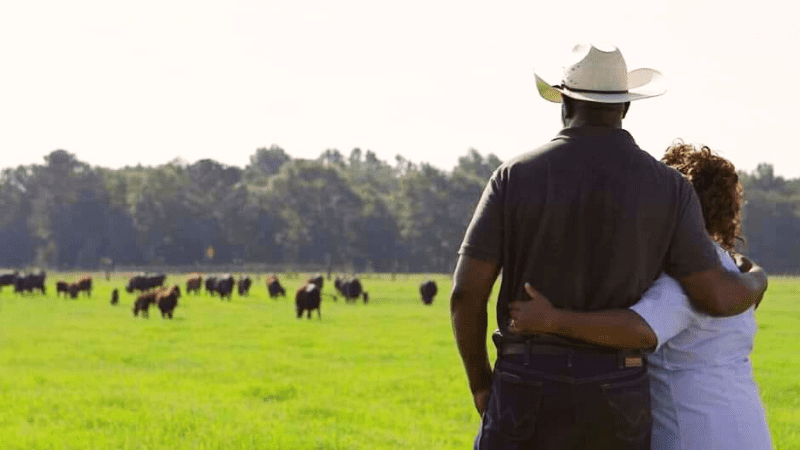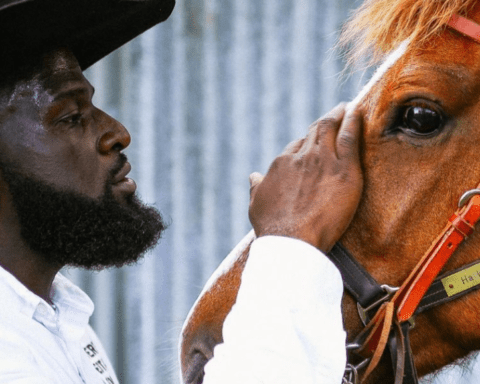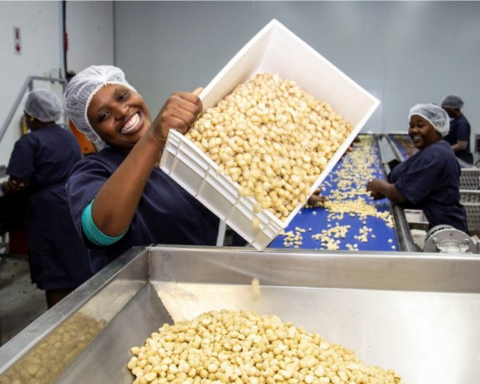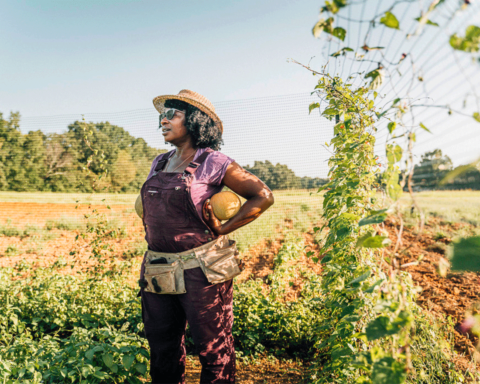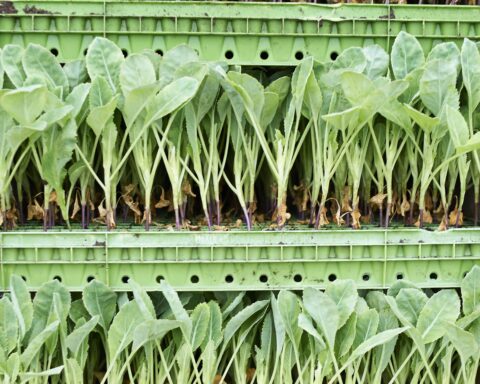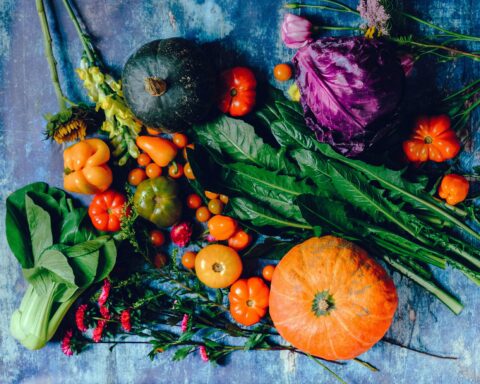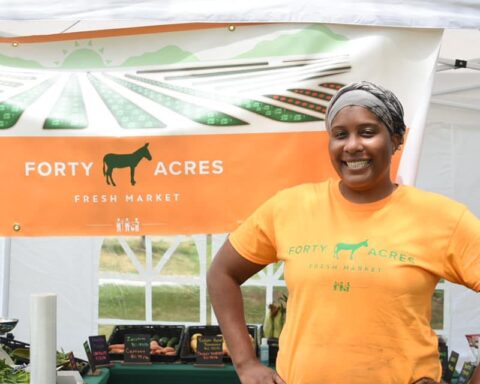The U.S. beef industry is in the middle of a high-stakes reset.
Herds are at their lowest levels in more than 70 years, prices have soared, and producers are weighing whether to sell animals now or hold back heifers to rebuild for the future.
For most ranchers, it’s a tough calculation.
For Black ranchers, who face systemic barriers to land, credit, and subsidies, the math is even tougher.
And the risk of being left behind is growing.
A Shrinking Herd and Rising Prices
According to the USDA’s July 2025 Cattle Inventory Report, there are 94.2 million cattle and calves in the U.S. — the smallest herd since 1951, based on USDA historical data.
The USDA also forecasts beef production will fall 4 percent this year and another 2 percent next year.
Retail prices have already climbed more than 50 percent since 2020, with ground beef averaging over six dollars per pound and sirloin around fifteen dollars per pound.
Volatility in the Markets
Recent market data shows just how uncertain things are.
In late September, the price ranchers received for cattle slipped a little in southern states and dropped even more in the North.
Sales of processed beef also declined, and the number of cattle being slaughtered was down by more than 60,000 compared to a year earlier.
At the same time, traders betting on future beef prices were more optimistic. Contracts for October beef deliveries climbed more than three dollars per 100 pounds of cattle.
This gap matters: ranchers get paid today’s “cash” price, not tomorrow’s “futures” price, so many are feeling the squeeze even as markets predict higher returns ahead.
Why Black Ranchers Are More Exposed
For larger, well-financed ranches, holding onto heifers and waiting for better prices is possible. But Black ranchers, who are more likely to run smaller herds on less land, face sharper constraints:
Access to capital: Rebuilding requires upfront money for feed, land, and equipment. Yet Black farmers have historically been denied or delayed USDA loans at higher rates.
Limited subsidies: Livestock operations, where many Black ranchers are concentrated, receive less federal support than large commodity crop farms.
Market access: With fewer nearby processing plants, smaller ranchers have weaker negotiating power and higher transport costs.
When the industry rebounds, those unable to hold back heifers today will have fewer calves tomorrow, widening the wealth and opportunity gap.
What’s at Stake
The beef industry is cyclical, but this reset moment is historic.
If Black ranchers cannot access the tools to weather today’s downturn and participate in tomorrow’s upswing, the cycle of exclusion deepens.
Consumers are paying more than ever for beef.
Futures markets are betting on tighter supplies ahead. But without structural reforms, from fair credit access to land retention support, Black ranchers risk missing out on one of the biggest potential rebounds in decades.
What Could Help Black Ranchers Compete
Fair access to credit: Streamline USDA loan programs, expand microloans, and create dedicated funds for socially disadvantaged ranchers.
Livestock-friendly subsidies: Expand subsidies and insurance programs to include beef producers, not just crop farmers.
Regional processing: Invest in more small and mid-sized slaughter plants to give Black ranchers closer, fairer markets.
Land retention programs: Provide tax relief, estate planning support, and land trusts to help families hold onto ranch property.
Climate resilience tools: Support water management, regenerative grazing, and feed assistance so herds can withstand droughts and rising costs.
Technical assistance: Expand training and mentorship programs tailored to small ranchers, covering herd genetics, grazing, and marketing strategies.

